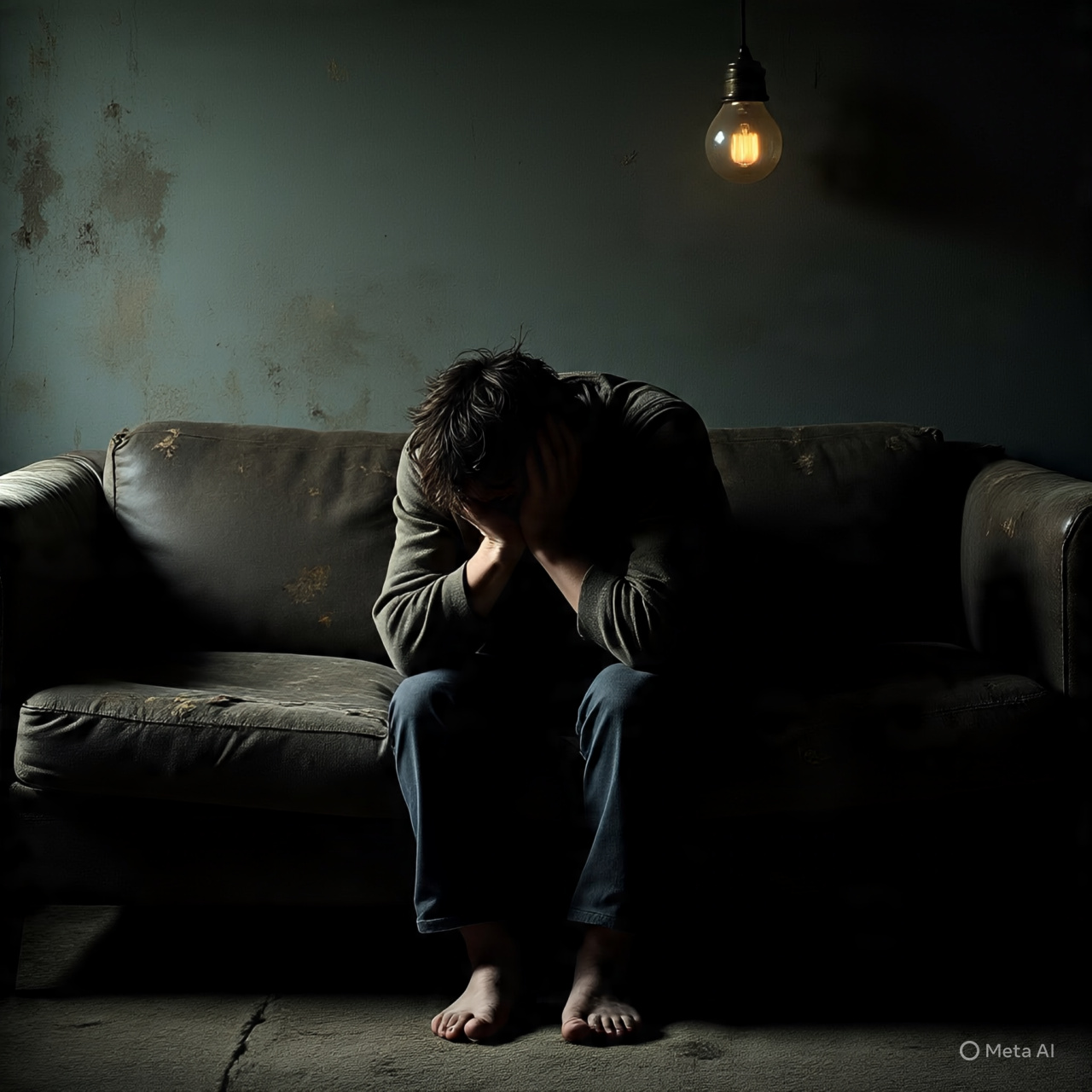Understanding Symptoms, Causes, and Paths to Healing
Depression is a pervasive mental health disorder affecting over 300 million people worldwide, causing immense emotional pain, suffering, and disruption to daily life.
What is Depression?
Depression, also known as major depressive disorder, is characterized by persistent feelings of sadness, hopelessness, and loss of interest in activities once enjoyed.
Symptoms of Depression:
1. Emotional Symptoms:
– Persistent sadness or emptiness
– Irritability or mood swings
– Loss of interest in hobbies or social activities
– Feelings of guilt, shame, or worthlessness
2. Physical Symptoms:
– Changes in appetite or sleep patterns
– Fatigue or low energy
– Headaches or muscle pain
– Digestive problems
3. Behavioral Symptoms:
– Social withdrawal or isolation
– Decreased productivity or performance
– Increased substance abuse
– Suicidal thoughts or behaviors
Causes and Risk Factors:
1. Genetics: Family history plays a significant role.
2. Brain Chemistry: Imbalances in neurotransmitters like serotonin.
3. Life Events: Trauma, abuse, loss, or major changes.
4. Medical Conditions: Chronic illnesses, pain, or sleep disorders.
5. Personality Traits: Low self-esteem, pessimism, or perfectionism.
Paths to Healing:
1. Counseling: Talk therapy with a licensed therapist.
2. Medication: Antidepressants or mood stabilizers.
3. Lifestyle Changes: Regular exercise, healthy diet, and sleep habits.
4. Support Groups: Joining groups for shared experiences and connection.
Low Self-Esteem: The Hidden Enemy
Understanding Causes, Symptoms, and Paths to Confidence
Low self-esteem affects millions worldwide, causing individuals to doubt their worth, abilities, and potential.
What is Low Self-Esteem?
Low self-esteem is a negative self-image characterized by persistent feelings of inadequacy, self-doubt, and worthlessness.
Symptoms of Low Self-Esteem:
1. Emotional Symptoms:
– Persistent self-doubt and criticism
– Fear of failure or rejection
– Sensitivity to criticism or negative feedback
– Feelings of shame, guilt, or worthlessness
2. Behavioral Symptoms:
– People-pleasing or seeking constant approval
– Difficulty setting boundaries or asserting oneself
– Self-sabotaging behaviors or procrastination
– Avoidance of challenges or new experiences
3. Physical Symptoms:
– Low energy or motivation
– Changes in appetite or sleep patterns
– Headaches or muscle tension
– Neglect of personal care or appearance
Causes and Risk Factors:
1. Childhood Experiences: Bullying, neglect, or abuse.
2. Negative Self-Talk: Persistent self-criticism or put-downs.
3. Social Media Comparison: Unrealistic expectations and comparisons.
4. Trauma or Stress: Significant life events or ongoing stressors.
5. Personality Traits: Perfectionism, pessimism, or low resilience.
Paths to Confidence:
1. Self-Reflection: Identifying and challenging negative thoughts.
2. Positive Affirmations: Practicing self-compassion and encouragement.
3. Therapy: Working with a counselor to address underlying issues.
4. Support Groups: Joining groups for shared experiences and connection.
5. Self-Care: Engaging in activities promoting relaxation and joy.
Anxiety: The Hidden Struggle
Understanding Symptoms, Causes, and Paths to Calm
Anxiety is a pervasive mental health disorder affecting over 40 million adults in the US alone, causing excessive worry, fear, and nervousness that interferes with daily life.
What is Anxiety?
Anxiety disorders encompass various conditions, including generalized anxiety, panic disorder, social anxiety, and phobias, characterized by persistent and overwhelming feelings of fear or apprehension.
Symptoms of Anxiety:
1. Emotional Symptoms:
– Excessive worry or fear
– Restlessness or feeling on edge
– Irritability or mood swings
– Avoidance of situations or places
2. Physical Symptoms:
– Rapid heartbeat or palpitations
– Sweating or trembling
– Nausea or abdominal discomfort
– Headaches or muscle tension
3. Behavioral Symptoms:
– Difficulty concentrating or sleeping
– Procrastination or avoidance behaviors
– Substance abuse or self-medication
– Social withdrawal or isolation
Causes and Risk Factors:
1. Genetics: Family history plays a significant role.
2. Brain Chemistry: Imbalances in neurotransmitters like serotonin.
3. Life Events: Trauma, abuse, loss, or major changes.
4. Personality Traits: Perfectionism, low self-esteem, or pessimism.
5. Medical Conditions: Chronic illnesses, pain, or sleep disorders.
Paths to Calm:
1. Counseling: Talk therapy with a licensed therapist.
2. Medication: Anti-anxiety medications or antidepressants.
3. Relaxation Techniques: Yoga, meditation, or deep breathing exercises.
4. Lifestyle Changes: Regular exercise, healthy diet, and sleep habits.
5. Support Groups: Joining groups for shared experiences and connection.
Eating Disorders: The Hidden Struggle
Understanding Types, Symptoms, and Paths to Recovery
Eating disorders affect millions worldwide, causing severe emotional, physical, and mental health consequences.
What are Eating Disorders?
Eating disorders are serious mental health conditions characterized by abnormal eating habits, distorted body image, and intense emotions related to food and weight.
Types of Eating Disorders:
1. Anorexia Nervosa: Restrictive eating, significant weight loss, and fear of gaining weight.
2. Bulimia Nervosa: Bingeing and purging cycles, guilt, and shame.
3. Binge Eating Disorder: Recurring bingeing episodes without purging.
4. Orthorexia Nervosa: Obsessive focus on healthy eating and restrictive dieting.
5. Avoidant/Restrictive Food Intake Disorder (ARFID): Lack of interest in eating or avoidance of certain foods.




